People are becoming more and more aware of the difficulties faced by those who suffer from gluten intolerance. As a result, there has been an increased demand for gluten-free products in the market.
One of the most important gluten-free products that you can get your hands on is the gluten-free flour. There a variety of gluten free flours and they all have different characteristics.
Flour Isn’t Always Wheat
Although most flour is made from wheat, flour doesn’t have to be made from wheat—by definition, “flour” is simply a powdery substance made by grinding a starch. The starch is usually a grain, but not always.
You can make flour from almonds, chestnuts, and even potatoes in addition to different types of grains, and many companies sell these specialty flours. People following a low-carb diet often use almond flour in place of grain-based flours, for example.
Flours made from a starch other than wheat, barley, or rye are usually gluten-free (but not always). If a label says “gluten-free” it complies with the Food and Drug Administration’s gluten-free guidelines and should be safe for those on gluten-free diets to eat.

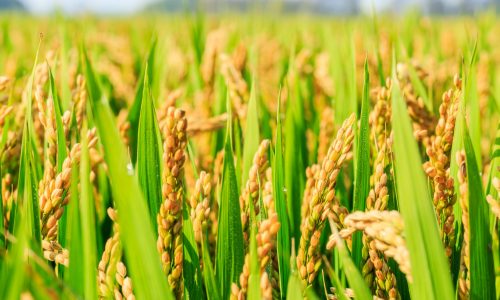
Cassava Flour
Cassava is a starchy root vegetable native to South America. It’s also known as yuca. It’s most similar to white flour and can easily be used in recipes calling for all-purpose flour. It has a neutral flavour and is easily digestible. It’s also lower in calories than coconut or almond flours.
See more information here – Overview and Applications of Cassava Flour – TradeLink International
Cassava Flour – The Nature and Uses – TradeLink International
Rice flour
Rice flour is a form of flour made from finely milled rice. It is distinct from rice starch, which is usually produced by steeping rice in lye. Rice flour is a common substitute for wheat flour. It is also used as a thickening agent in recipes that are refrigerated or frozen since it inhibits liquid separation.
Check out this recent blog – Rice Flour Updates – TradeLink International

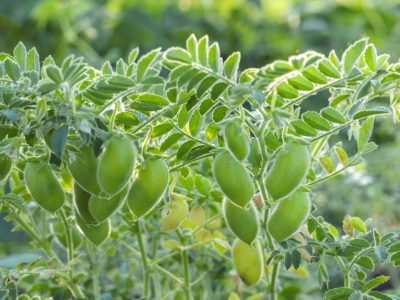
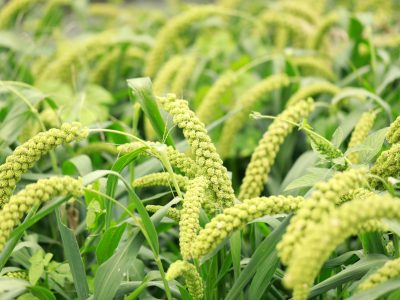
Tapioca flour
Low in overall nutrients, tapioca flour is a good grain-, gluten- and nut-free flour option to thicken liquids and use in bread products. It is made from the starchy liquid extracted from the South American cassava root and is thought to offer digestive benefits. See our page here.
Chickpea Flour
As a legume, chickpea flour offers plant-based protein, fiber and other nutrients that may protect against heart disease. It’s a good source of fiber and plant-based protein, and is also high in the minerals magnesium and potassium, both of which play a positive role in boosting heart health. See our page here.
Millet flour
Millet flour is a powdery substance used in baking that is made from ground millet, a grain in the grass family that is grown as a crop in many parts of the world. Bakers often appreciate the flour’s light texture, and most find that it lends a certain sweet and nutty flavor to breads and other foods.
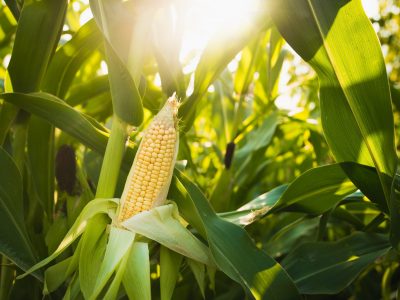
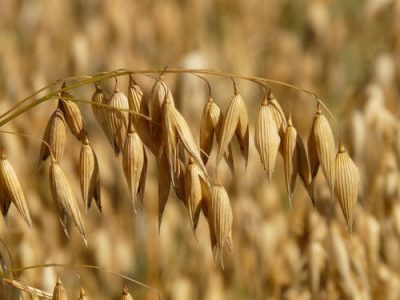
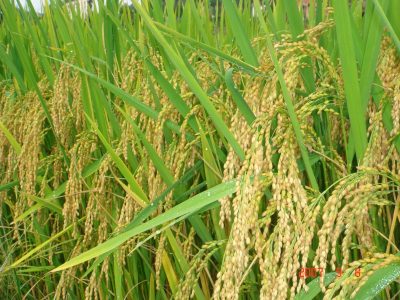
Corn Flour
Corn flour is a whole-grain flour, providing fiber and antioxidants. It is a very finely ground version of cornmeal and commonly used as a thickener for liquids and also used to make tortillas and breads.
It’s high in fiber and a good source of the carotenoids lutein and zeaxanthin. It’s also high in vitamin B6, thiamine, manganese, magnesium and the antioxidant selenium.
Oat Flour
Oat flour provides soluble fiber and antioxidants that can help protect against heart disease and lower blood sugar levels. It gives baked goods more flavor than all-purpose flour and results in a chewier, crumblier texture.
Baking with oat flour will likely make your end product more moist. Due to its lack of gluten, some ingredients will need to be adjusted to create light and fluffy baked goods.
Teff Flour
Teff is the smallest grain in the world. Nonetheless, its flour is packed with a nutritional punch.
Teff flour has traditionally been used to make injera, a fermented, sourdough-like Ethiopian bread. It’s now also used for other foods like pancakes, cereals, breads and snacks. Teff flour is high in protein, which promotes a feeling of fullness and can help reduce cravings.

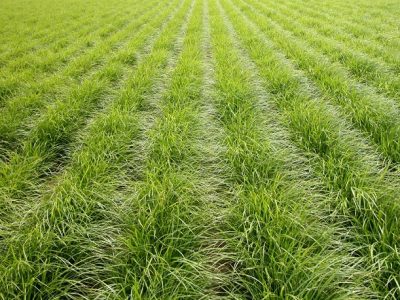

Coconut flour
Full of fiber and healthy saturated fat, coconut flour is a good option for those with food allergies. Coconut flour is made from dried coconut meat and offers a mild coconut flavor.
Its light texture yields similar results to regular flour and is good for baking breads and desserts. Note that coconut flour absorbs a lot more water than regular or almond flour.
Tigernut Flour
Rich in nutrients, tigernut flour offers an easy white flour alternative in baked goods. Tigernuts are small root vegetables that grow in North Africa and the Mediterranean.
Tigernut flour has a sweet and nutty flavor that works well in baked goods. Its sweetness allows you to cut back on the sugar quantity in your recipe.
Sorghum flour
Sorghum flour is made from an ancient cereal grain that has been grown for more than 5,000 years. The grain is naturally gluten-free and considered the fifth most important cereal grain in the world.
It has a light color and texture, as well as a mild, sweet flavor. Considered a heavy or dense flour, it’s often mixed with other gluten-free flours or used in recipes requiring small amounts of flour.
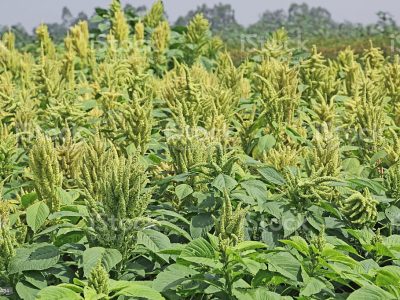

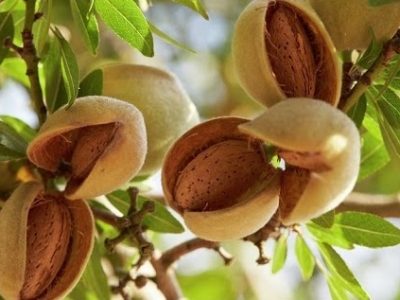
Amaranth Flour
Amaranth flour is rich in nutrients that play a role in brain health, bone health and DNA synthesis. Like buckwheat, amaranth is considered a pseudocereal. It’s a group of more than 60 grains that were once considered a staple food in the Inca, Maya and Aztec civilizations.
Amaranth has an earthy, nutty flavor and tends to take on the flavor of other ingredients. It can replace 25% of wheat flour but should be combined with other flours when baking.
Buckwheat flour
Buckwheat may contain the word “wheat,” but it is not a wheat grain and is gluten-free. It belongs to the family of pseudocereals, a group of grains that are eaten like cereals but don’t belong to the grass family.
Buckwheat flour provides a rich, earthy flavor and is good for baking quick and yeast breads. Due to its lack of gluten, it tends to be crumbly in nature. To make a quality product, it can be combined with other gluten-free flours like brown rice flour.
Almond Flour
Almond flour is a nutritious replacement for flours containing gluten and can be used in a variety of baking recipes. It is one of the most common grain- and gluten-free flours. It’s made from ground, blanched almonds, which means the skin has been removed.
Almond flour contains many minerals, including iron, magnesium, calcium, potassium, copper and manganese. It’s also a good source of vitamin E and monounsaturated fat.
We have been working with our supply chain for over 10 years now and we have always selected our rice from the finest crops in Argentina. Our product is free from antibiotic, insecticide and herbicide residues and chemical fertilizer. TradeLink works with quality assurance certifiers such as Control Union to check each container order as it is loaded. You can see more of our flour blogs here:
The Future of Flour – TradeLink International
Organic Flours – A Complete Solution – TradeLink International
Knowing Your Flours – TradeLink International
[su_divider top=”no” divider_color=”#726c6d” size=”7″ margin=”5″]
[su_button url=”https://www.facebook.com/tradelinksainternational/?view_public_for=105757601162821″ target=”blank” style=”flat” size=”5″ icon=”icon: facebook-f” text_shadow=”0px 0px 0px #000000″] [/su_button] [su_button url=”https://www.linkedin.com/company/tradelink-sa/?viewAsMember=true” target=”blank” style=”flat” size=”5″ icon=”icon: linkedin” text_shadow=”0px 0px 0px #000000″] [/su_button] [su_button url=”https://www.instagram.com/tradelinknz/” target=”blank” style=”flat” size=”5″ icon=”icon: instagram” text_shadow=”0px 0px 0px #000000″] [/su_button] [su_button url=”https://www.youtube.com/channel/UCewEsyFy0Y_1MdjwhsXvT0w” target=”blank” style=”flat” size=”5″ icon=”icon: youtube” text_shadow=”0px 0px 0px #000000″] [/su_button]
[su_youtube_advanced url=”https://www.youtube.com/watch?v=LCEkNZdMi04″ height=”200″ responsive=”no” fs=”no”]


